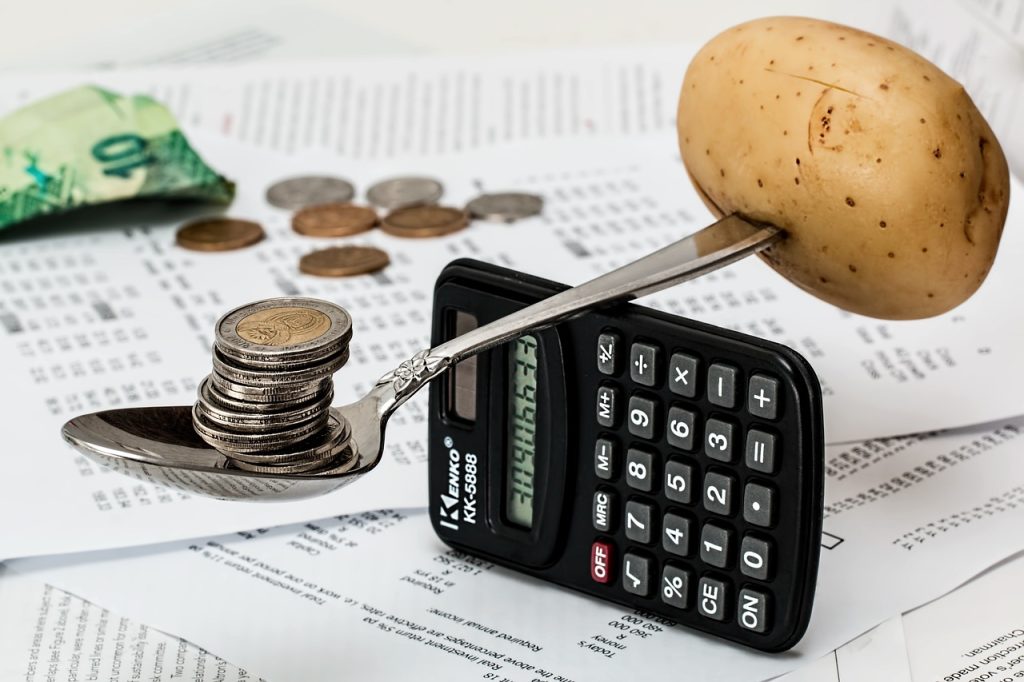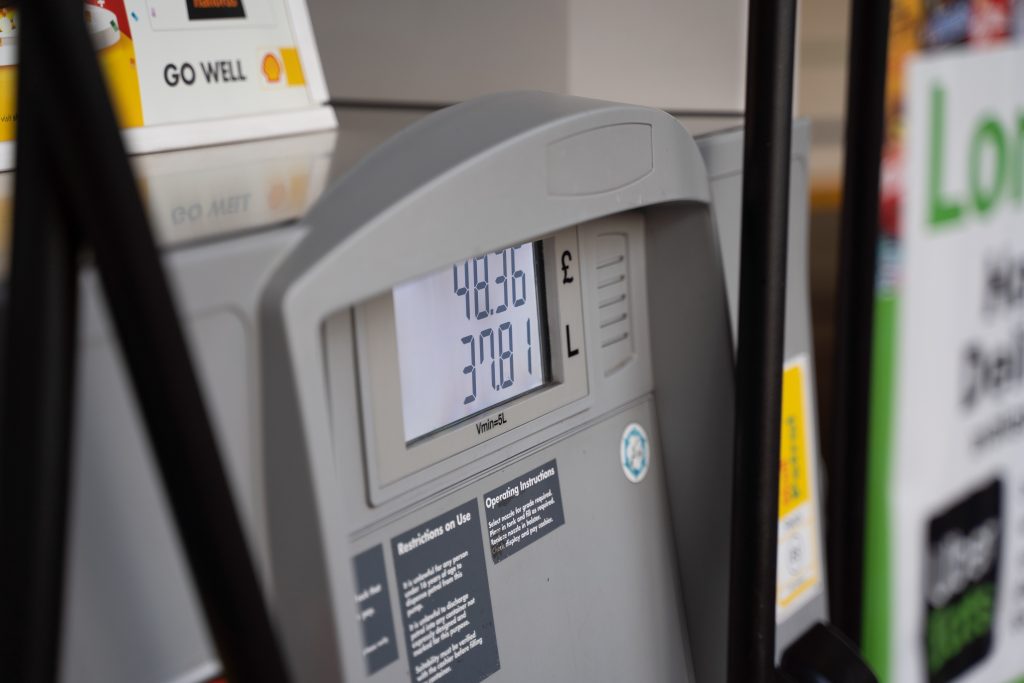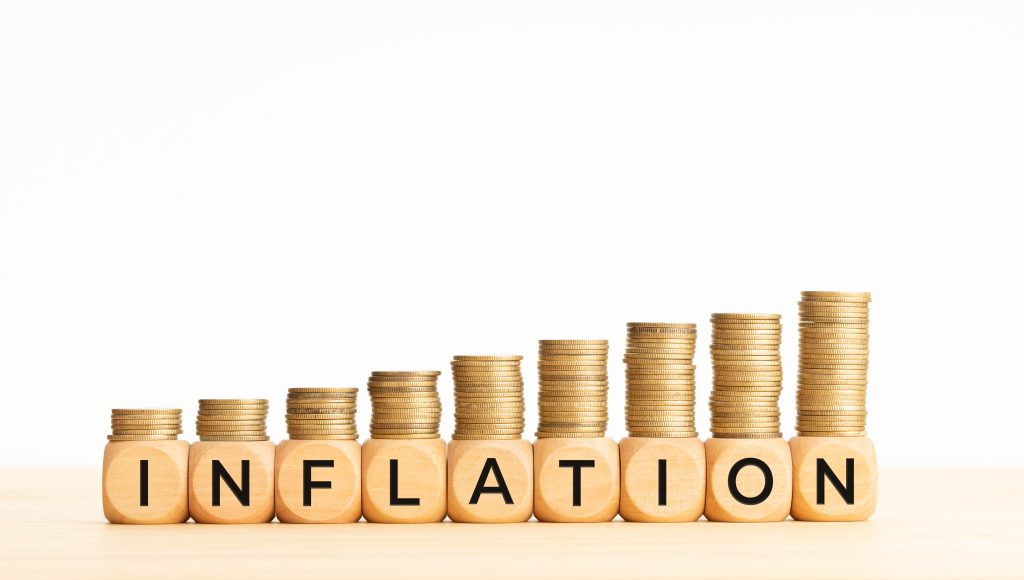Inflation is the silent killer of the economy. It erodes the purchasing power and living standards of the people, lowers the profits and competitiveness of the businesses, and slows down the growth and development of the country. This is the situation that the Filipinos are experiencing right now, as the inflation rate reached 9.7% in November 2022, the highest level since November 2008. Now, for both basic needs and wants, everything to buy has become more expensive. The food you eat, the fuel you use, the electricity you consume, the clothes you wear, the services you avail, and the goods you purchase. However, inflation also presents an opportunity for smart investors who want to protect their wealth and secure their future. One of the best ways to invest in times of inflation is to buy an RFO house and lot in Bacoor, Cavite, one of the most desirable locations in the province.
Everything has risen in price, and income has not kept up with inflation. This is the reality that millions of Filipinos are facing today, as the country grapples with a serious inflation problem that is threatening its economic recovery from the Covid-19 pandemic.
Food Inflation: Among the Drivers of Today’s Hunger
One of the main drivers of inflation in the Philippines is the rising cost of food, which accounts for nearly 40% of the consumer price index. Food inflation reached 12.5% in November, the highest among all the commodity groups. Among the main causes of food inflation is the African swine fever which has decimated the hog population and reduced the pork supply, leading to higher pork prices and lower meat consumption. Moreover, the typhoons, have damaged crops and infrastructure, disrupting agricultural production and distribution, leading to higher prices of rice, vegetables, and fruits.

It is also important to note that the import restrictions have limited the inflow of cheaper food products from abroad, leading to higher prices of fish, poultry, and dairy. In line with these things, inflation resulted in an increase in the rate of food insecurity, which affects the availability, accessibility, and affordability of food, especially for the poor and vulnerable sectors, leading to hunger, malnutrition, and health problems. This also leads to lower consumption, which reduces the demand for other goods and services, leading to lower income and employment for the producers and sellers. Unfortunately, inflation also proves to result in social unrest, which increases the dissatisfaction and frustration of the people, leading to protests, violence, and instability.
What Experts Have To Say
To keep up with food inflation, economists suggest increasing domestic production, which involves boosting the productivity and resilience of the farmers, providing them with adequate inputs, technology, and support, and expanding the cultivated area and crop diversification. It is also suggested to ease import barriers, which involves relaxing the quotas, tariffs, and regulations on food imports, facilitating the entry of cheaper and more diverse food products from abroad, and ensuring the quality and safety of the imported food.
The Philippine Government can also provide subsidies and assistance, which involves giving direct cash transfers, vouchers, or discounts to the consumers, especially the poor and vulnerable, and compensating the producers, especially the small and marginal, for their losses and costs.
Fuel Inflation Fires Up Major Economic Problems
The rising cost of fuel also strains most Filipinos, which accounts for about 8% of the consumer price index. Fuel inflation reached 15.3% in November, the second highest among all the commodity groups. One of the main causes of fuel inflation is the global oil price hike, which has been driven by the increasing demand from the recovering economies, the supply cuts by the major oil producers, and the geopolitical tensions in the Middle East, leading to higher prices of crude oil and petroleum products.

Additionally, the weak peso has depreciated against the US dollar due to the widening current account deficit, the lower foreign exchange reserves, and the higher external debt, leading to higher costs of importing oil and other commodities. This is also not to mention the excise taxes, which have been imposed on fuel products under the Tax Reform for Acceleration and Inclusion (TRAIN) law, leading to higher prices of gasoline, diesel, kerosene, and liquefied petroleum gas.
With these things in mind, there are higher transportation and energy costs, which affect the mobility and electricity consumption of the people, leading to lower disposable income and welfare. They also lead to higher production and distribution costs, which affect the input and output prices of various industries, leading to lower profits and competitiveness. Moreover, the higher environmental impact, which affects the air quality and climate change, leads to more health and natural hazards.
What Experts Have to Say
Economists suggest diversifying energy sources, which involves increasing the share of renewable and alternative energy in the energy mix, developing domestic oil and gas resources, and promoting energy efficiency and conservation. It is also best to strengthen the currency, which involves improving the balance of payments, increasing the foreign exchange reserves, and reducing the external debt. Other experts suggest reviewing the tax policy, which involves adjusting the excise tax rates on fuel products, considering the inflation and income effects, and providing tax relief or exemptions for the affected sectors.
Core Inflation – A Hidden Enemy
Another big reason why prices are going up in the Philippines is the cost of core items, which are things that people buy regularly, except for food and fuel. These things became 7.2% more expensive in November, the highest since January 2009. One of the main reasons why core items are more expensive is that there is too much money in the economy because the government and the central bank have been spending and lending more money to help the economy recover from the COVID-19 pandemic. This makes people want to buy more things with their money. Another reason why core items are more expensive is that people are buying more things now that the lockdowns are over, the businesses are open again, and they have saved some money during the pandemic. This makes the prices of things that are not food or fuel go up. Also, the supply bottlenecks, which have been caused by the limited domestic and international trade, the labor and material shortages, and the logistical and regulatory challenges lead to higher costs and delays of goods and services.

Core inflation then results in a higher general price level, which affects the purchasing power and living standards of the people, leading to lower real income and consumption. Also, with the higher inflation expectations, the confidence and behavior of the consumers, producers, and investors are affected, leading to higher wage and price demands and lower savings and investments. Lastly, with the lower economic growth, the output and income of the country lead to lower gross domestic product and per capita income.
What Experts Have to Say
One of the ways to solve the inflation problem in the Philippines is to tighten the monetary policy, which means raising the interest rate and other tools that the central bank uses to control the amount of money in the economy. This can help reduce the demand for goods and services and lower the prices. Another way is to stimulate the supply, which means improving the production and distribution of goods and services by giving incentives, infrastructure, and innovation to different sectors, and removing trade and regulatory barriers that make it hard to do business. It is done to increase the supply of goods and services and lower the costs. A third way is to anchor the inflation expectations, which means telling the public clearly and credibly what the inflation target and outlook are and making sure that the central bank is transparent and accountable for its actions. This can help keep the confidence and behavior of the consumers, producers, and investors stable and prevent them from asking for higher wages and prices. These are some of the solutions that economists suggest for the inflation problem in the Philippines, and they can also benefit those who want to buy an RFO house and lot in Bacoor Cavite, one of the most desirable locations in the province.
End Note
Inflation is a serious problem that is hurting the Philippine economy and the welfare of the Filipino people. Various factors, such as food and fuel shortages, currency depreciation, and excess liquidity cause it. It has negative effects, such as lower consumption, higher costs, and lower growth. Economists suggest various measures such as increasing production, easing imports, and tightening monetary policy. The government, the central bank, and society must work together to address the inflation problem and achieve a sustainable, inclusive, and resilient economic recovery.


